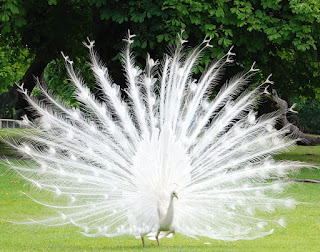Justin bieber is a Canadian pop star who was discovered via YouTube. His debut album, My World, went platinum in the United States, Canada and the United Kingdom. Synopsis Born in 1994 in Stratford, Ontario, Canada, to a single mother, Justin Bieber took second place in a local talent competition at a young age and later turned into a YouTube phenomenon. He signed a record contract with Usher and became the first solo artist to have four singles enter the Top 40 before the release of a debut album. His album My World has gone platinum in several countries, though he later experienced a ton of media exposure resulting from offensive activity. He nonetheless made his comeback in 2015 with his first No. 1 song, "What Do You Mean?" Childhood Born on March 1, 1994, in the small town of Stratford, Ontario, Canada, Justin Bieber was raised by a single mom. Bieber, whose debut album, My World , hit stores in November 2009, is a true overnight success, havi...



























Awesome#!!
ReplyDeletethank you
Delete